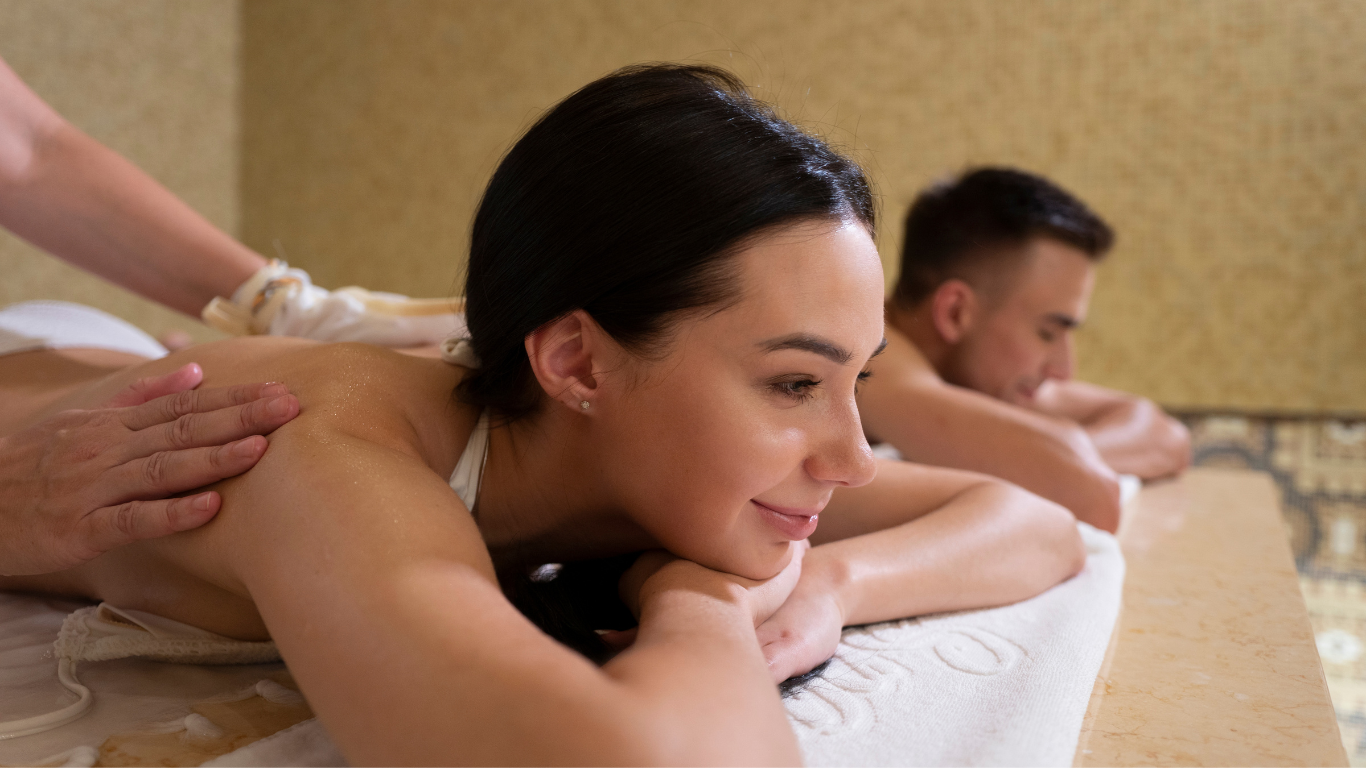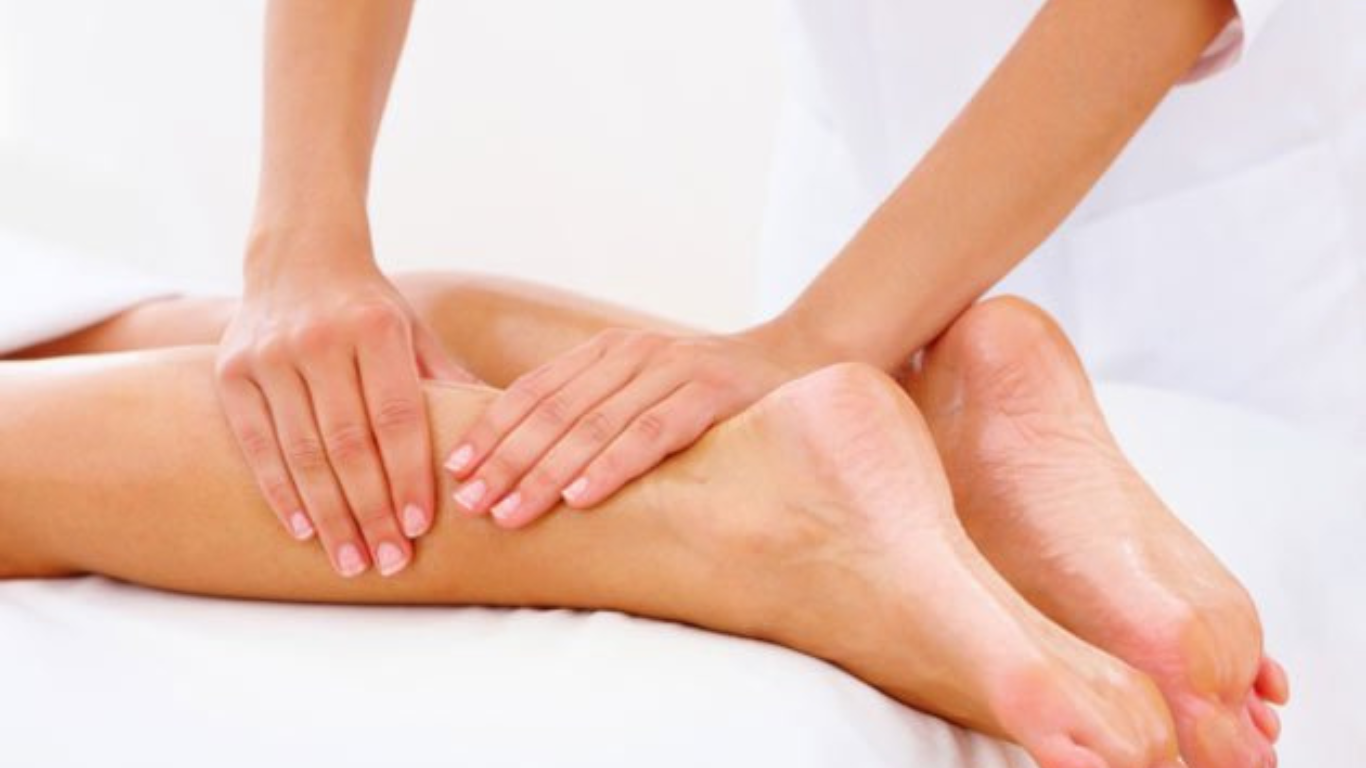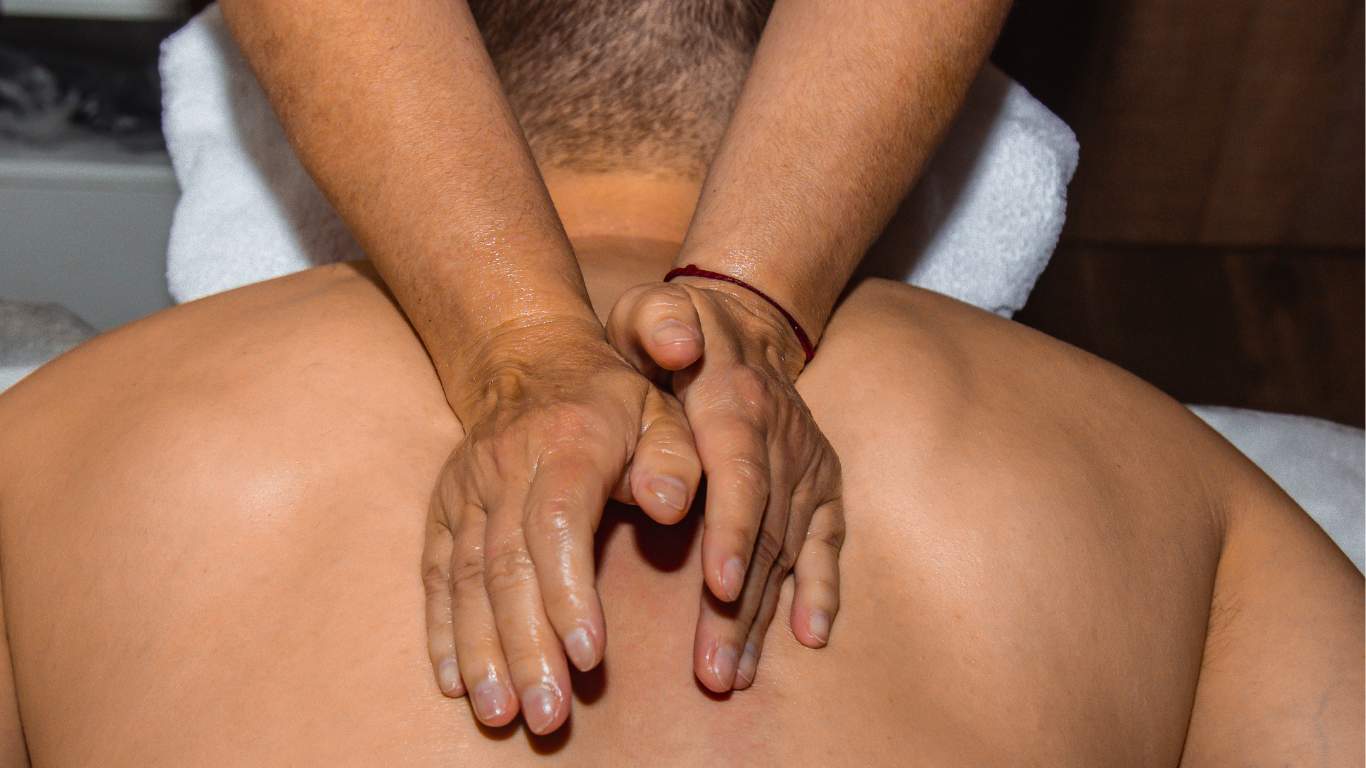In our fast-paced, modern lives, it’s all too easy to let stress and tension build up in our bodies and minds. The relentless demands of work, family, and other responsibilities can leave us feeling drained, sore, and mentally frazzled. Fortunately, there’s an antidote to this debilitating condition, a sanctuary of relaxation and rejuvenation that has been practiced for centuries: the spa body massage.
At its core, a spa body massage is a form of therapeutic bodywork that combines various massage techniques with the luxurious ambiance of a spa setting. But it’s so much more than just a massage – it’s an experience that soothes the soul, calms the mind, and restores the body’s natural balance. Let’s explore the many benefits of this ancient art and why it’s becoming an increasingly popular way to escape the pressures of daily life.
The Origins of Spa Body Massage
The roots of spa body massage can be traced back thousands of years to ancient civilizations that recognized the healing power of touch and the restorative properties of natural elements like water, heat, and botanical extracts. In ancient Greece, for example, the concept of the “spa” emerged, with public baths and massage centers becoming popular gathering places for relaxation, socialization, and holistic healing.
Similarly, in ancient Rome, the term “spa” is believed to have originated from the Latin phrase “salus per aquam,” meaning “health through water.” The Romans were masters of bath culture, constructing elaborate thermal baths that combined hot and cold water immersion with massage, exercise, and other therapeutic treatments.
The ancient Egyptians, too, were pioneers in the art of massage, using aromatic oils and herbs to enhance the experience and promote physical and spiritual well-being. Their techniques were heavily influenced by their belief in the healing power of natural elements and the importance of maintaining balance and harmony within the body.
As these ancient traditions spread and evolved across different cultures, the practice of spa body massage continued to flourish, adapting to local customs and beliefs while retaining its core principles of holistic healing, relaxation, and rejuvenation.
The Modern Spa Experience

Today, the spa body massage has been elevated to an art form, with luxurious spa facilities around the world offering a wide range of massage styles and treatments designed to cater to individual needs and preferences. From the tranquil settings of traditional Japanese ryokans to the opulent Ottoman-inspired hammams of Turkey, the modern spa experience is a multi-sensory journey that engages all of your senses.
Upon entering a spa, you’re immediately enveloped in a serene and tranquil atmosphere, often adorned with soothing water features, soft lighting, and the gentle aroma of essential oils or incense. This carefully curated ambiance is designed to help you shed the stresses of the outside world and prepare your mind and body for the rejuvenating experience ahead.
Before your massage, you may be offered a refreshing herbal tea or infused water to help you relax and hydrate. Many spas also provide access to facilities like saunas, steam rooms, and whirlpools, which can be enjoyed before or after your massage to enhance the overall therapeutic experience.
The Massage Experience

At the heart of the spa body massage is, of course, the massage itself. Depending on the specific treatment you’ve chosen, your massage therapist will employ a variety of techniques and modalities to address your unique needs and concerns.
One of the most popular forms of spa body massage is Swedish massage, which uses long, gliding strokes, kneading, and circular motions to relax the muscles, improve circulation, and promote overall relaxation. This classic massage technique is often the foundation for many other specialized treatments, such as:
Deep Tissue Massage: As the name suggests, this massage targets the deeper layers of muscle and connective tissue, using firm pressure and focused techniques to release chronic muscle tension and knots.
Hot Stone Massage: In this luxurious treatment, smooth, heated stones are placed on specific points of the body, allowing the warmth to penetrate deeply into the muscles, promoting relaxation and increasing blood flow.
Aromatherapy Massage: Essential oils are incorporated into the massage oil or lotion, allowing their therapeutic scents to enhance the overall experience and provide additional benefits like stress relief, improved sleep, or increased energy.
Prenatal Massage: Designed specifically for expectant mothers, this gentle massage helps alleviate the aches and pains associated with pregnancy, while also promoting relaxation and reducing stress and anxiety.
Sports Massage: For athletes and active individuals, sports massage helps improve flexibility, reduce muscle soreness, and enhance recovery after strenuous workouts or competitions.
These are just a few examples of the many massage styles and treatments you might encounter at a spa. Skilled therapists often combine multiple techniques and modalities to create a customized experience tailored to your specific needs and preferences.
The Benefits of Spa Body Massage

Beyond the obvious physical benefits of reduced muscle tension and improved circulation, spa body massage offers a myriad of other benefits that contribute to overall well-being:
Stress Relief: Perhaps the most well-known benefit of massage is its ability to alleviate stress and promote relaxation. The combination of skilled touch, soothing aromatherapy, and a tranquil environment can help quiet the mind, lower cortisol levels, and induce a profound sense of calm.
Pain Relief: Massage can be an effective complementary therapy for managing chronic pain conditions, such as lower back pain, arthritis, and fibromyalgia. By releasing muscle tension and improving circulation, massage can help reduce inflammation and alleviate discomfort.
Improved Sleep: The relaxation benefits of massage can carry over into better sleep quality. By reducing stress and anxiety, massage can help calm the mind and promote a more restful night’s sleep.
Boosted Immunity: Regular massage has been shown to stimulate the lymphatic system, which plays a crucial role in removing waste and toxins from the body. This can help strengthen the immune system and improve overall health.
Increased Flexibility and Range of Motion: Massage techniques that target the deeper layers of muscle and connective tissue can help improve flexibility and range of motion, which can be particularly beneficial for athletes, dancers, and those with sedentary lifestyles.
Mental Clarity and Focus: The mental relaxation induced by massage can help clear the mind, improve concentration, and enhance overall cognitive function.
Emotional Well-Being: Massage can be a profoundly nurturing and comforting experience, helping to alleviate feelings of anxiety, depression, and loneliness through the power of human touch.
Choosing the Right Spa Experience

With so many massage styles and spa experiences to choose from, it can be overwhelming to decide which one is right for you. Here are some tips to help you select the perfect spa body massage:
Consider Your Goals: Are you seeking deep relaxation, pain relief, improved flexibility, or a combination of benefits? Different massage styles and treatments are better suited for specific goals, so it’s important to communicate your needs to the spa staff.
Discuss Your Preferences: Don’t be afraid to share your preferences with your massage therapist, such as the amount of pressure you prefer, any areas of concern or sensitivity, and whether you’d like to incorporate aromatherapy or other enhancements.
Evaluate the Environment: The ambiance and facilities of a spa can greatly impact your overall experience. Consider factors like the décor, lighting, sound levels, and amenities offered to ensure they align with your desired level of relaxation and indulgence.
Research the Therapists: Look for spas that employ well-trained, licensed massage therapists with experience in the specific modalities you’re interested in. Don’t hesitate to ask about their qualifications and areas of expertise.
Trust Your Intuition: Ultimately, you want to choose a spa that makes you feel comfortable, relaxed, and cared for from the moment you walk through the door. Trust your instincts and don’t be afraid to explore different options until you find the perfect fit.
Preparing for Your Spa Body Massage

To make the most of your spa body massage experience, there are a few simple steps you can take to prepare:
Hydrate: Drink plenty of water in the hours leading up to your massage to help flush out toxins and ensure your muscles are properly hydrated for the treatment.
Avoid Caffeine and Alcohol: These substances can interfere with the relaxation process and make it more difficult for your body to fully benefit from the massage.
Communicate: Don’t hesitate to let your massage therapist know about any areas of concern, injuries, or preferences you may have. Open communication is key to ensuring a tailored and effective treatment.
Arrive Early: Plan to arrive at the spa a few minutes early to allow yourself time to check in, change into your robe or comfortable clothing, and begin the process of relaxation.
Let Go of Stress: As you
Here are some frequently asked questions about spa body massages
Q: What should I wear for a spa body massage?
A: Most spas will provide you with a robe or disposable undergarments to wear during your massage. You will be able to undress privately and lie on the massage table, covering yourself with a sheet or towel. Only the areas being massaged will be exposed.
Q: Should I talk during the massage?
A: It’s generally better to avoid talking so you can relax fully, but you can give your therapist feedback if the pressure needs adjusting. Let them know ahead of time if you prefer a massage without any talking.
Q: Is it okay to fall asleep during the massage?
A: Yes, it’s perfectly fine and very common to fall asleep during a massage, especially Swedish or relaxation massages. The therapist will work quietly to avoid disturbing you.
Q: What if I start feeling pain during the massage?
A: Your therapist should check in with you about the pressure. If too much pressure is used on a particular area, let them know so they can adjust. Some discomfort can be normal with deeper tissue work, but sharp pains should be avoided.
Q: How often should I get a massage?
A: There’s no set rule, but many therapists recommend getting a massage at least once a month for general relaxation and health maintenance. You may want more frequent massages if you’re addressing a specific issue or chronic pain.
Q: What should I do after a massage?
A: Drink plenty of water to flush out released toxins. Avoid alcohol, which can dehydrate you. You may feel great or a bit tired – take it easy and let your body recover.
Q: Is it normal to be sore after a deep tissue massage?
A: Yes, it’s common to experience some soreness for 1-2 days after a deep tissue massage as your muscles recover. This shouldn’t be excessive or last longer than a couple days.
Q: Are there any reasons I shouldn’t get a massage?
A: You may want to avoid massage with broken bones, severe osteoporosis, burns/wounds, blood clots, or certain medical conditions without consulting your doctor first.
Q: What is the proper way to tip for a massage?
A: Most spas include gratuity in the pricing, but it’s still customary to tip 15-20% for excellent service if a tip wasn’t already included. Check your final bill.
